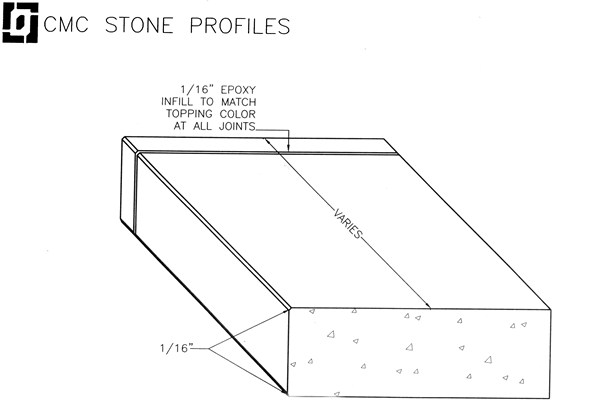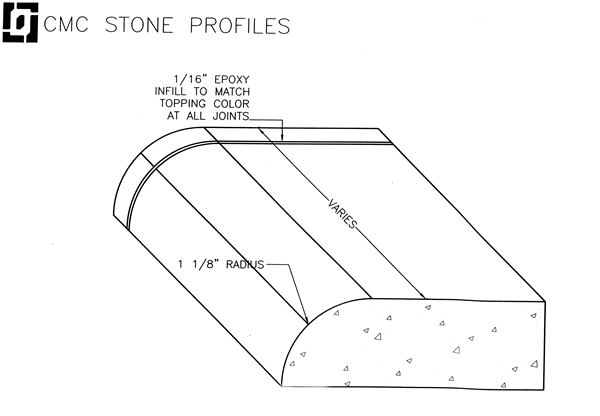Limestone & Travertine description
Limestone, is a sedimentary rock composed largely of the mineral calcite (calcium carbonate: CaCO3). Limestones often contain variable amounts of silica in the form of chert or flint, as well as varying amounts of clay, silt and sand as disseminations, nodules, or layers within the rock. The primary source of the calcite in limestone is most commonly marine organisms. These organisms secrete shells that settle out of the water column and are deposited on ocean floors as pelagic ooze (see lysocline for information on calcite dissolution). Secondary calcite may also be deposited by supersaturated meteoric waters (groundwater that precipitates the material in caves). This produces speleothems such as stalagmites and stalactites. Another form taken by calcite is that of oolites (oolitic limestone) which can be recognised by its granular appearance. Limestone makes up about 10 percent of the total volume of all sedimentary rocks.
Pure limestones are white or almost white. Because of impurities, such as clay, sand, organic remains, iron oxide and other materials, many limestones exhibit different colors, especially on weathered surfaces. Some Limestones commonly used for countertops have grayish veins or "glass seams" as called by the quarry. These are naturally occurring and unavoidable. It is not uncommon for the quarry to make repairs in Limestone before it is ever shipped to fabricators. It is still very beautiful but something you should be aware of. Limestone may be crystalline, clastic, granular, or massive, depending on the method of formation. Crystals of calcite, quartz, dolomite or barite may line small cavities in the rock. Folk and Dunham classifications are used to describe limestones more precisely.
Travertine is a banded, compact variety of limestone formed along streams, particularly where there are waterfalls and around hot or cold springs. Calcium carbonate is deposited where evaporation of the water leaves a solution that is supersaturated with chemical constituents of calcite. Tufa, a porous or cellular variety of travertine, is found near waterfalls. Coquina is a poorly consolidated limestone composed of pieces of coral or shells. During regional metamorphism limestone recrystallizes into marble.











